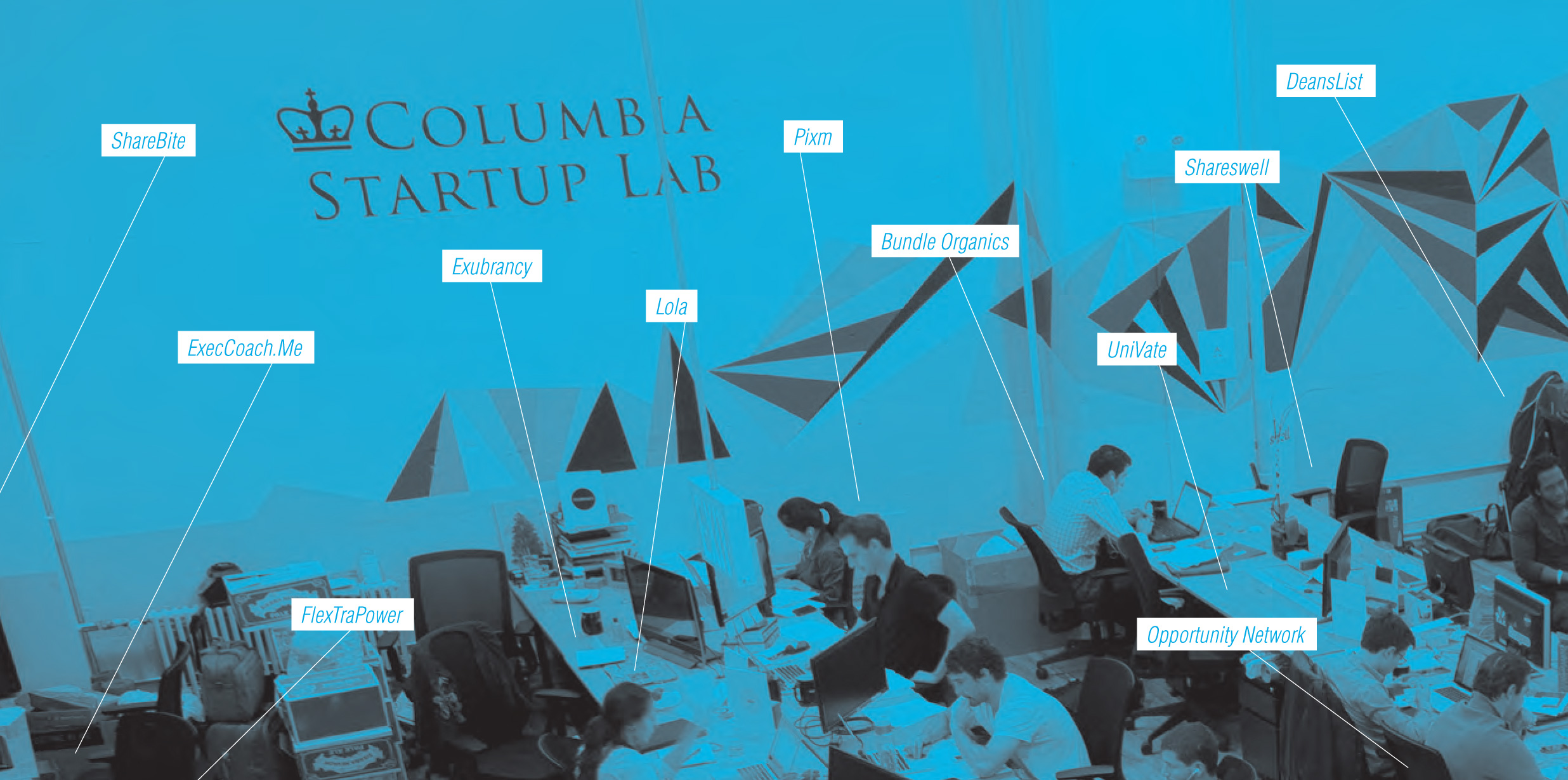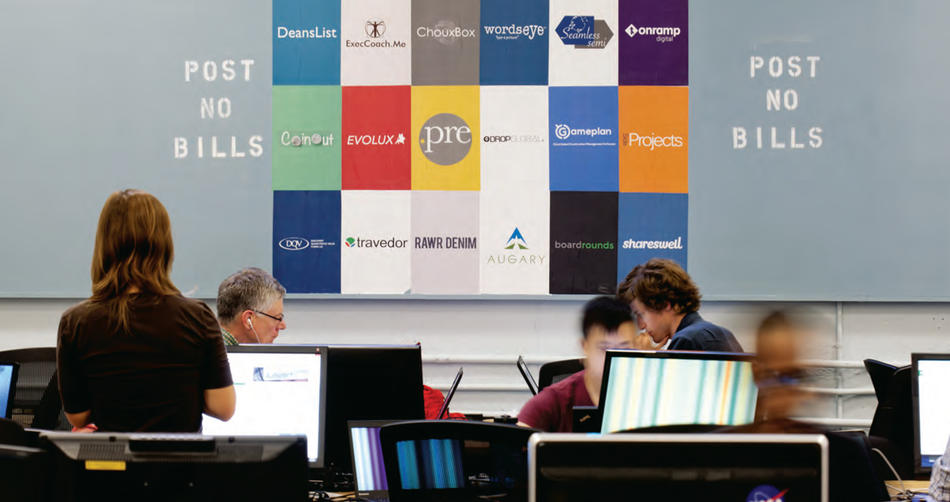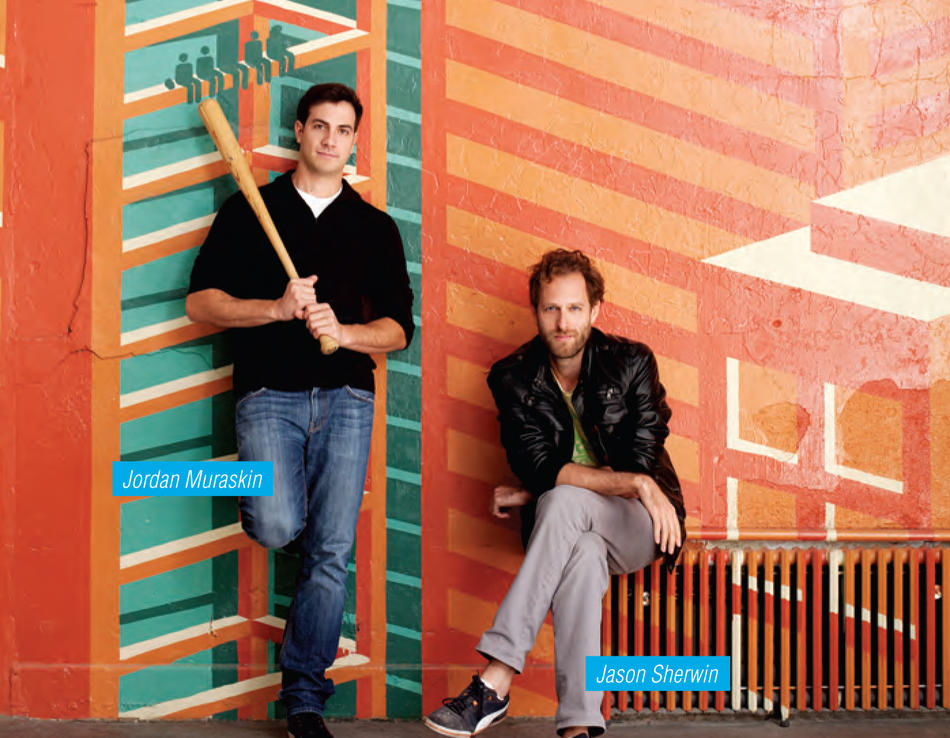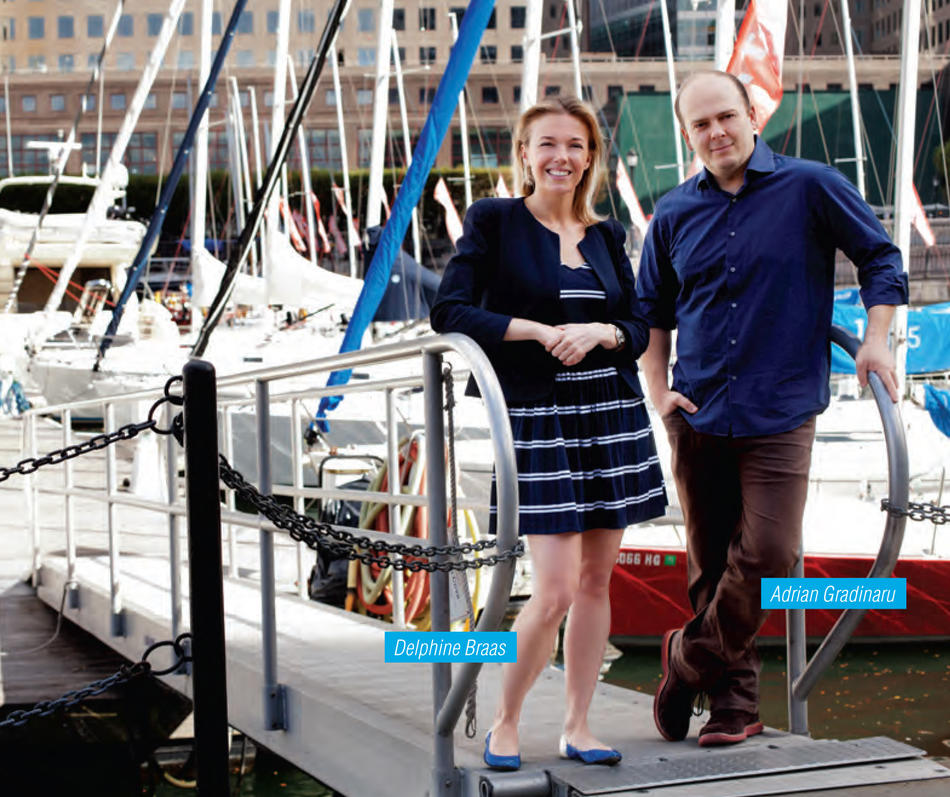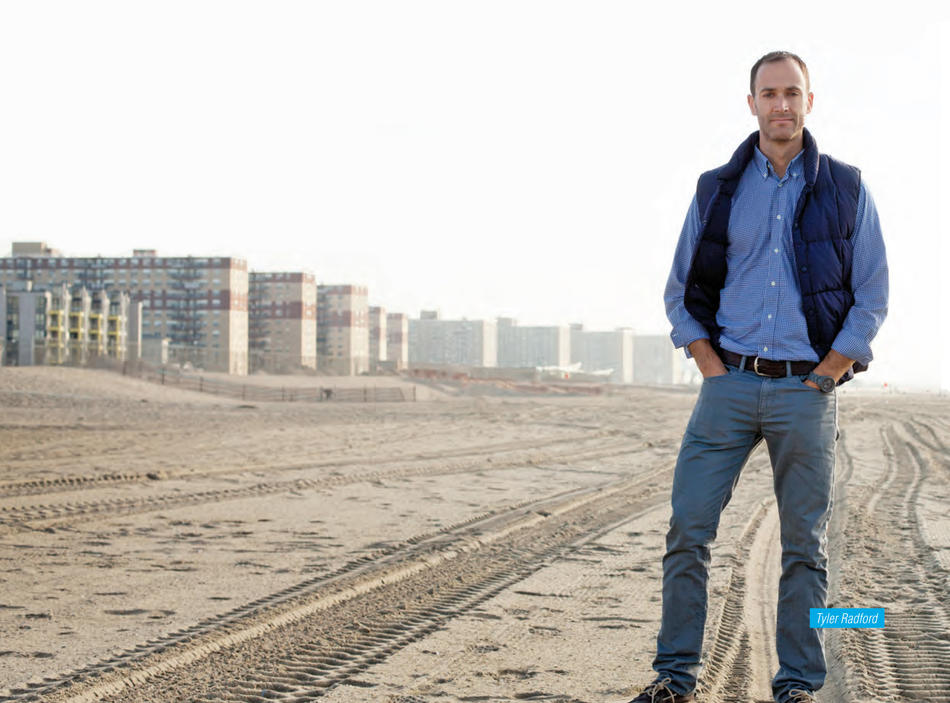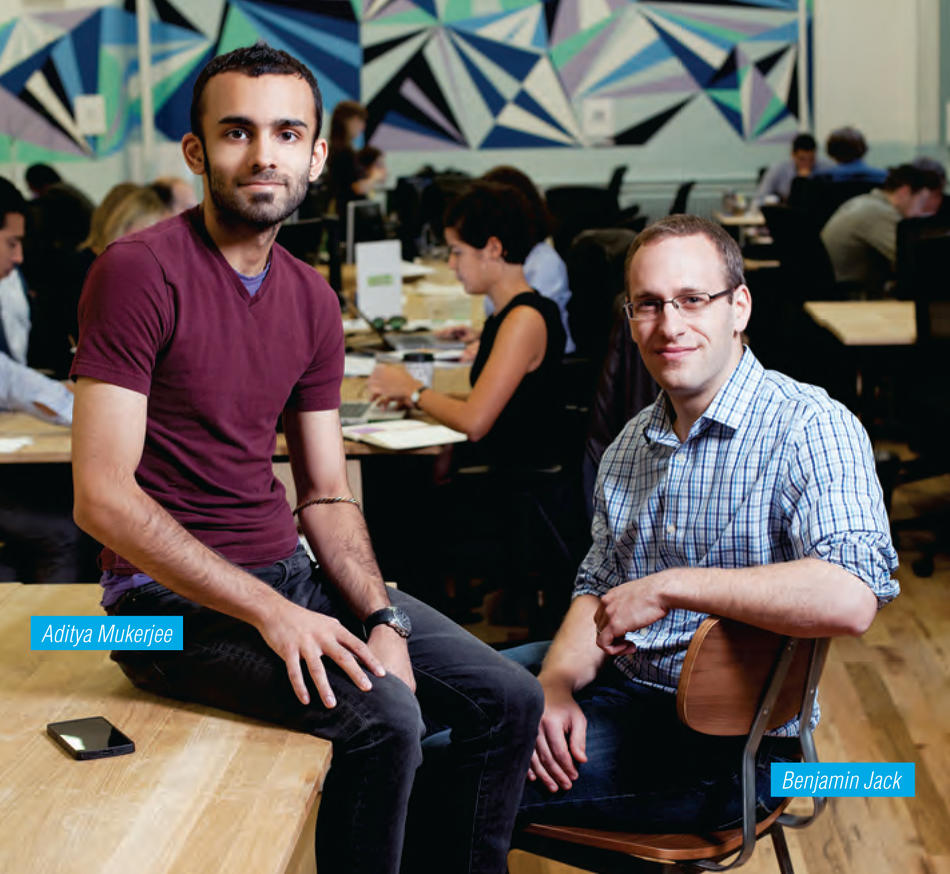Just south of Houston Street and west of Sixth Avenue, there’s a three-block-long lane called Charlton Street. You may not have heard of it — as far as famous New York City streets go, it doesn’t exactly rank at the top. In fact, in 2011, it was deemed so inconsequential that it was stricken from the subway map.
But it was here in 1776, on what was then a country estate, that George Washington made his Revolutionary War headquarters. It was to this land that Aaron Burr returned for breakfast after slaying Columbia College trustee Alexander Hamilton in 1804 (planned as Burr Street, it was re-christened after the duel in memory of Columbia trustee John Charlton). It was developed for the modern age by real-estate mogul John Jacob Astor, and later taken over by Tammany Hall bosses. And as New York became a center of industry in the mid-1800s, it was there, in a small loft on the corner of Varick Street, that a German immigrant named Henry Steinway founded what would become the most famous piano manufacturer in the world.
That is to say: it may be a small street, but Charlton is in many ways a microcosm of New York’s history and economic development. It is undeniable that we’re in another moment of shape shifting today, as New York expands its economy to make room for a robust “Silicon Alley.” According to the New York Times, venture-capital investment in New York City totaled $3 billion in 2013 alone. And Charlton Street — and Columbia — is in on the action.
This past July, on the corner of Charlton and Varick, Columbia president Lee C. Bollinger, New York City comptroller Scott Stringer, and the deans from Columbia College, Columbia Engineering, SIPA, and the business school cut the ribbon for the Columbia Startup Lab, a 5,100-square-foot co-working space for recent-alumni entrepreneurs.
“It’s a place where people can go to work on their projects in a protective environment,” says Richard Witten ’75CC, the former vice chairman of Columbia’s Board of Trustees and the founder of Columbia Entrepreneurship, a new initiative out of Bollinger’s office that supports student and alumni ventures.
The lab provides heavily subsidized yearlong leases for forty-five of those ventures (involving seventy-one alums total), which take up the ground floor of a building of communal workspaces designed by the startup WeWork. Its creation was a response, in part, to the changing job market and the interests of students and alums.
Columbia is no stranger to innovation: its alumni include John Stevens 1768KC, who pioneered the steam-engine locomotive; Edwin Armstrong 1913SEAS, the inventor of FM radio; and more recently Ben Horowitz ’88CC, who together with Mark Andreessen has reinvented how venture capitalists nurture nascent startups. But the current trend of universities preparing students specifically for entrepreneurship is unprecedented. Whereas Columbians a generation ago largely invested their ideas in careers at existing companies, today many are coming to the University looking to go out on their own. Undergraduates entering Columbia can apply to live in incubator dorms. Many schools now offer courses on raising capital and drafting business plans. And CORE, the Columbia Organization of Rising Entrepreneurs, has become the largest nonpartisan, secular student organization on campus.
“In today’s economy, inventors must also be entrepreneurs if their ideas are to become practical innovations in the marketplace,” says Mary Boyce, the dean of the engineering school. “So, in training tomorrow’s leaders, we believe entrepreneurship education and support are essential. With the Startup Lab, Columbia innovators now have a powerful home base for their businesses.”
It is tempting to wonder if the next Facebook or PayPal will emerge from Charlton Street, but the lab takes a much broader view of entrepreneurship. It isn’t just about building the next viral Web phenomenon or even about generating the biggest profit; it’s about seeing a need in society and addressing it.
“Entrepreneurship is about solving problems,” says Witten. “The solution can be a process, an invention, an algorithm, a thing that you can hold, a policy program. The important part is that there’s been a translation, a practical application of a big idea. Something has happened that has turned a problem into an action. That goes right to the heart of the mission of a great research university. What are we here for if not that?”
The lab is the biggest and most visible initiative to date from Columbia Entrepreneurship, which is what Witten calls a “convening resource” for entrepreneurship efforts at the University. Witten says people across campus were certainly thinking about entrepreneurship before the organization’s formation, but their efforts were “largely ad hoc, not tethered to the University.” Columbia Entrepreneurship provides office hours and mentorship for student and alumni ventures, brokers collaborations between existing organizations, and advocates on behalf of Columbia to the city and state development corporations, among other projects.
A major part of Columbia Entrepreneurship’s agenda has been bringing relevant programming to campus. Last April, it hosted #StartupColumbia, the first installment of what it plans to make an annual conference, which drew speakers like Geoffrey Canada, the founder of the Harlem Children’s Zone, and Shazi Visram ’99CC, ’04BUS, the founder of the organic-food company Happy Family. The conference culminated in a $50,000 business-plan competition. This fall, the group hosted a keynote address by technology entrepreneur and PayPal cofounder Peter Thiel.
At the lab, too, programming is integral.
“The working space is only part of it,” says Chris McGarry, who is the Office of Alumni and Development’s director for entrepreneurship. “We’re bringing in workshops on branding, on raising capital, on legal structures. Well-established Columbia alumni experts are sharing their experience through workshops and office hours on a weekly basis. If you need help with search-engine optimization, strategic hiring, or introductions to key contacts, our alumni are lending a hand.”
Not surprisingly, spaces for the inaugural year were at a premium. Columbia Entrepreneurship, along with representatives from the schools, received close to 150 applications for the seventy-one spots. At last count, twenty-four of the forty-five teams had secured funding, and fifteen of those raised in excess of $100,000. Five of the teams were profitable.
“We were looking for teams with passion and commitment, but also some kind of traction,” says David Lerner, an adjunct professor at the business school and the director of Columbia Entrepreneurship. “Half of the businesses have funding, which means that somebody already believed in their idea and wrote a check.”
Spending a day at the lab, it’s easy to see why.
The space is movie-set perfect. A garage door opens from the street onto a lobby of café tables, plush couches, and pinball machines. On one summer-morning visit, a team that has developed a tool to help “denim-heads” find the perfect pants is stationed at a table with its wares: several pairs of perfectly distressed, hipster-friendly jeans. Inside, the rest of the teams are stationed at long communal tables, MacBook back to MacBook back. Superman-style phone booths line one wall for private calls, and around the corner is a kitchen flowing with free coffee and beer.
Phones buzz constantly, and teams scurry in and out of the corner conference rooms like hamsters on caffeine pills. Casual conversations over the microwave at lunch turn into serious debates about pitch strategy and coding languages. As the morning wears on, the whiteboard-lined walls fill with formulas and marketing plans.
“It’s a special place,” says Lerner. “Just wait until you meet the teams.”
NeuroScout
Mining the Athlete’s Brain
The Columbia philosopher Jacques Barzun ’27CC, ’32GSAS famously wrote that “whoever wants to know the heart of America had better learn baseball.” If that’s true, Jordan Muraskin ’14SEAS and Jason Sherwin are certainly doing their part. Their company, Neuroscout, looks at the national pastime through a new lens: the players’ brain cells.
“Athletes make hundreds of split-second decisions in every game. Until now, there’s been no way to measure how they do it,” says Muraskin.
Take pitching as an example. The typical pitch in a professional or collegiate game crosses home plate just six hundred milliseconds after leaving the pitcher’s hand. In that time, the batter has to recognize what kind of pitch he’s facing, decide whether to swing, and make contact.
“What we’ve learned is that athletes have different neural signals than people who don’t play sports. At Neuroscout we’re able to measure those signals, decode them, and give a value that can inform player development, player scouting, and performance enhancement,” he says.
They’re doing so using electroencephalography, or EEG, technology which, through a safe, radiation-free metal conductor that sits on the scalp, can measure the electrical pulses that make the brain work. Using either a simulated or a live pitch, Neuroscout can pinpoint the exact millisecond when a player recognizes a pitch and when he decides to swing.
“There’s a lot of talk in scouting about a player’s eye,” says Muraskin, “but it’s all based on post-game stats. We’re trying to get at why those stats exist.”
Muraskin and Sherwin think that their technology will be useful in sports training programs — once a player knows that he can recognize a curveball from forty feet away, he will be better able to adapt his swing to that timing. Similarly, this data might help a pitcher understand if he’s signaling too early the kind of pitch he’s about to throw. Muraskin hopes that eventually they’ll be able to expand their company to the consumer market so that players will be able to get their neural profiles as early as Little League.
Though Muraskin has always been an athlete, baseball was the last thing on his mind when he entered a PhD program in biomedical engineering. Muraskin, who also holds a BS from Columbia Engineering, was focusing on Alzheimer’s and aging research. At Paul Sajda’s Laboratory for Intelligent Imaging and Neural Computing, he met Sherwin, who was spending a postdoctoral year working with musicians, studying how their brains differed from those of non-musicians. One particular experiment, which tracked how trained musicians reacted to changes in pieces that they had learned, resonated with Muraskin, who wondered if they could use similar techniques to think about athletic responses.
“There was no ‘aha’ moment. As we talked further about our research, we could just see this being the next step,” he says.
“It feels like a homecoming for me,” says Sherwin, who played baseball in high school. “I was always trying to think of ways to up my mental game.”
Neuroscout is currently raising capital and working to expand their database of players. They’ll be working this fall with the Columbia football team, as well as some “fall ball” affiliates of Major League Baseball. Eventually, though, they see even broader implications for this kind of analysis, including for military and law enforcement, education and child development, and even human-resources departments.
“Who knows?” says Muraskin. “Plenty of companies are already doing psych analyses and profiling. Can neuro-profiling be that far behind?”
Sailo
Launching a Thousand Ships
It’s early on a Wednesday morning, and Delphine Braas ’14BUS and Adrian Gradinaru ’14BUS are catalog-ready in matching nautical navy T-shirts, clutching WeWork coffee mugs, and eager to talk about their boat-rental company, Sailo.
“It’s like Airbnb for boats,” says Braas.
“With a little bit of Uber thrown in,” says Gradinaru.
“And Yelp . . .,” adds Braas.
“So, it’s kind of like the best of every start up . . .”
“But for boats!”
Indeed. It started, Gradinaru says, when he went on an enviable trip with his Columbia Business School cohort: a week sailing between the Greek Islands.
“It was something I’ll never forget,” he says. “The views, the time with my friends. It made me really want to keep sailing.”
But when he returned to New York, Gradinaru realized that it wasn’t so simple. He didn’t have a boat, for one thing. And there wasn’t an easy way to rent one — it involved contacting individual marinas, which generally didn’t do a brisk rental business. Even if he were able to find one, he wasn’t experienced enough to take a boat out on his own.
Through his research, though, Gradinaru learned that there was no shortage of vessels out there; more than fifteen million privately owned boats — both powerboats and sailboats — were sitting at marinas, and were only used roughly 5 percent of the time. Boat owners were unlikely to rent their expensive equipment to a novice sailor, but recruiting a stable of Coast Guard–licensed captains solved that problem, and made it possible for potential customers to use the service regardless of experience.
Gradinaru had the technical skills to begin developing the idea into a website; before coming to Columbia, he had earned a master’s in engineering from Stanford and spent a decade at tech startups in Silicon Valley. A Columbia Business School course on launching new ventures helped him to structure his business plan, and he didn’t have to look far to fill in the rest of his team.
“I think we first met at a cocktail party for European students,” said Gradinaru, a Romanian national, of Braas, who is from Belgium. A veteran of the hospitality industry, Braas was president of the Columbia Entrepreneurs Organization.
“After working at Nestlé and other big companies, I came to Columbia knowing that I wanted to work at a startup, but I didn’t have a concept of my own,” she says. “I interned at several before Adrian approached me with his idea.”
The two clicked, and Braas took over marketing and customer acquisition. They were joined by a third partner in January, who worked full-time while Braas and Gradinaru finished their degrees. By August, they were beta-testing the site, which matches boat owners, customers, and captains through what Braas calls a three-sided platform. Boat owners and captains will advertise their services through the site, and as on the popular vacation-rental site Airbnb, they are also responsible for setting the price. Customers can then browse through the offerings and find a good fit for their needs, guided by a Yelp-style user-review feature.
“Boating has the reputation for being an elitist activity,” says Braas, who expects that a typical outing would cost between $100 and $150 per person per day. “We don’t think it has to be. These are prices that some people would pay for a nice meal, or going out after work.”
Sailo is currently based only in the New York area, but as the company grows, Gradinaru and Braas hope to move south for the winter to popular boating destinations like Florida and the Caribbean. For now, they’re putting in eighteen-hour days at the Startup Lab, recruiting clients at boat shows and other events, and securing investors.
“It doesn’t even feel like a job,” says Gradinaru. “Everyone here is trying to build something, and they believe in it completely. I’ve got no complaints.”
Well, except for one thing.
“Given that I started this company to make it easier for me to go sailing,” he says, “I haven’t had time to go out on the water.”
RecoveryHub
Connecting Disaster Victims with Relief
Nearly two years after Hurricane Sandy pummeled New York, many of the thousands that the storm displaced are still homeless, seeking benefits, and otherwise feeling the effects of the region’s deadliest and costliest storm.
Tyler Radford ’12SIPA thinks he can help.
When the storm hit, Radford was a newly minted master of public administration volunteering for the American Red Cross. He was disillusioned by the logistical nightmare of disaster relief: though there was a tremendous outpouring of support — more than $575 million in donations for Sandy alone — Radford found that it wasn’t easy to get the money into the right hands.
“Navigating the web of assistance from FEMA, insurance companies, relief agencies, and private donors was daunting,” he says. “Survivors were relying on word of mouth to find programs that they might be eligible for. At the same time, the agencies were all trying to reinvent the wheel. It was frustrating for everybody.”
In response, he and two of his fellow aid workers developed RecoveryHub. Currently the Columbia Startup Lab’s only nonprofit venture, it is an online platform that connects donors, relief agencies, and survivors after a natural disaster.
“Remarkably, RecoveryHub is the first and only site to bring these groups together,” says Radford. “We wanted to empower both sides with the tools and information needed for a faster and better recovery.”
In addition to aggregating resources and information, RecoveryHub will eventually have an innovative wish-list feature, which Radford hopes will lead to a more efficient use of resources. Through the site, organizations will post lists of specific things they need and projects they hope to fund. Donors can then browse these lists and decide exactly what they want to support.
“So, instead of just clicking the donate button and giving $10 or $20 to a big organization, donors now have the option to choose projects, locations, and organizations that resonate with their own interests and beliefs,” Radford says.
Radford plans to launch the site in New York in the next few months, focused on the Hurricane Sandy survivors still in need of assistance. The national site, which won’t be tied to any specific relief effort but equipped to handle whatever might happen in the future, will launch in 2015.
In the meantime, whenever Radford can get out of the lab, he’s spending his leisure time in a place that someone in his line of work might not find relaxing: the outdoors.
“I’ve been working in disaster relief for a number of years now,” says Radford, who was a management consultant in the private sector before moving on to relief work with the United Nations and the Red Cross. “When you see the havoc that nature can cause, it’s easy to forget how peaceful and beautiful it can also be.”
Shareswell
Reinventing the Wedding Registry
When Emily Washkowitz ’14BUS and her fiancé got engaged, they were thrilled to have so many family members and friends wishing them well. Unfortunately, they were all doing so in the same way: by giving the couple toaster ovens. In the months leading up to their summer wedding, the couple received six, when they hadn’t even wanted one.
“Let’s be honest,” she says. “It’s 2014. We were already living together. We already had a way to make toast. What we really wanted was to save for the future.”
Washkowitz felt sheepish asking guests for cash, though, and she wasn’t alone. When she found only a trashcan and a spoon left on a friend’s registry, the friend admitted that she also didn’t really need any more household items. She had only registered for them so that she could return them, and use the cash for a nest egg.
“I figured that there had to be a better way of meeting the needs of modern couples,” says Washkowitz.
In April, she launched Shareswell, a website for giving and receiving stock. In its initial incarnation, users would create a registry for their special event (wedding, baby shower), listing different stocks that interested them. Friends and family could then choose which stocks and how many shares to give, with the option of adding a cash gift that a recipient could apply toward a more expensive stock. In August, Washkowitz added a feature that allows gifters to use the site without a registry; she says that she expects more customers to use the site that way as wedding season dies down and the holiday season begins.
Shareswell isn’t a broker-dealer, so recipients need to have a brokerage account to facilitate the stock trades, but the site aims to make that process as simple as possible. There’s a list of approved brokers so that new investors can open an account and integrate it into their registry in one step.
“We wanted to provide a user-friendly entrance into the world of investment,” she says. “People are easily intimidated by anything financial. This platform makes it simple.”
Washkowitz knows this firsthand; though she was a student at Columbia Business School when she started Shareswell, she does not have a financial background.
An art-history major, Washkowitz made the rounds interviewing at galleries and museums when she graduated from Harvard in 2008, and then took a leap of faith, signing on to work at a fashion startup called StyleCaster. She grew from marketing associate to director of client services over her four years there, and learned what it took to start a business. But Washkowitz also felt there were gaps in her education that made it hard to succeed in the startup world.
“I was on the phone with one of our investors, and it just hit me that I was faking it. I didn’t know enough about the financial side,” she says. “That’s when I decided to go to business school.”
Still Shareswell’s only employee, Washkowitz is now focused on hiring, fundraising, and making the first round of improvements to the site. There’s still plenty to polish, but she says that she and her husband are proof enough of early success. They closed all their traditional registries when the site went live and directed guests to Shareswell. By their June wedding, they were managing a healthy financial portfolio, including shares of companies like Apple, Twitter, Nike, and Chipotle.
BoardRounds
Upgrading Emergency Care for the Mobile Age
According to the Centers for Disease Control and Prevention, there are close to 130 million emergency-room visits in America every year. For many people, these visits are the only time they will see a physician.
As a medical student at Cornell, Benjamin Jack ’07SEAS became fascinated with the revolving door of emergency medicine, and specifically with what he perceived as the significant problem that ERs had following up with patients and ensuring that they took the next step in their care.
“When patients get discharged from the ER, they leave with a piece of paper that tells them what to do next,” he says. “Eighty percent of them don’t understand the instructions and don’t get the care that they need.”
He found that patients who didn’t take control of their post-discharge care became a strain on hospitals and insurance companies. The less vigilantly a patient continued his care after leaving the hospital, the more likely he was to quickly get sick and start the cycle again.
It seemed that only human intervention would help, but the caseloads of ER doctors are far too heavy for them to follow up individually with each of their patients. Jack wondered what would happen if a third party got involved.
Jack teamed up with Aditya Mukerjee ’12CC, who had a degree in computer science and a few years of startup experience under his belt. As Jack finished his last year of medical school (he graduated in May), he and Mukerjee developed the idea for BoardRounds, a cloud-based service that identifies and arranges post-discharge care for emergency-room patients. Doctors using BoardRounds will be able to enter a patient’s information and follow-up instructions into their system. From there, BoardRounds will contact the patient and handle the logistics of the next steps.
“Let’s say a patient is diagnosed with asthma and instructed to see a pulmonologist. BoardRounds would be able to make the appointment, arrange for transportation to the appointment, and send reminders about the appointment,” Jack says.
The service doesn’t stop with the actual medical care. BoardRounds also works with insurance companies to provide interventions for patients, and provides detailed analytics to hospitals and providers about patients’ post-discharge behaviors, such as appointment completion rates.
“We wanted to make sure that we were always looking at the bigger picture. The analytics piece helps our providers see that as well,” Jack says.
With their software mostly complete, Jack and Mukerjee are focused on raising money and forming partnerships with hospitals and medical providers. To date, they have raised more than $300,000 in seed capital, with backing coming from the Dorm Room Fund — a student-run venture firm that invests in student-run companies — among others. The system is already in place at a major New York City hospital and a dialysis-care center, with new partnerships imminent.
Jack didn’t start his medical training intending to go into business, but he is unusually qualified to do so; before starting at Cornell, he studied applied math at Columbia and worked for two years in finance. Though he hasn’t ruled out practicing medicine at some point, he says that this feels like the best use of his skills right now.
“I went to medical school to save lives. That’s our mission at BoardRounds, too, but on a bigger scale,” he says.
Preconceive
Gathering Expert Advice for Mothers-to-Be
Sarah Robinson ’13BUS doesn’t have any children yet.
“My husband and I got two consecutive MBAs,” she says. “Those have kind of been our babies so far.”
But when the time comes for her to start thinking about it, it’s safe to say that no one will be more prepared.
Robinson is the founder of Preconceive, a website that helps women navigate fertility treatments. The site, now in beta-testing, will compile medically vetted original content on fertility, provide community groups for people to share information and emotional support, and employ a network of trained professionals to answer questions on a variety of subjects.
“It started at a dinner party full of professional women. Everyone seemed to have questions about babies, and about conception. Some of us were struggling to conceive, and some of us knew we wanted children but weren’t ready to start trying for a long time,” says Robinson.
Robinson’s friends were lucky; one of their fellow dinner-party guests was an ob-gyn, who quickly became the group’s go-to resource.
“Sadly, not everyone has such a convenient friend,” she says. “There’s a world of information out there, but without someone knowledgeable and trusted, it can be really hard to navigate.”
Robinson began to research fertility websites, and found that there was no reliable, centralized site that helped women dealing with these issues. More importantly, while they offered information, none of the online resources connected users with people that could actually help with problems.
“We’re going to have a stable of experts on hand to answer individual questions,” Robinson says, “from licensed psychologists to help navigate the emotional side to professionals who can advise on how to fast-track insurance reimbursements.”
As a Columbia Business School student, Robinson had no experience working in health care — she spent most of her early career in fashion relations at MAC Cosmetics. She was interested in getting involved in a business in its early stages, though, and knew that she wanted to focus on something more relevant to the next stage of her life.
“Fashion felt right for my twenties, but these are the things that my peers are talking about now, and that soon I’ll be thinking about,” she says.
Robinson got involved with the business school’s Eugene Lang Entrepreneurship Center, and when she graduated last year was given a desk in their co-working space, which has since been absorbed into the Charlton Street lab. Her year there culminated with a strategy competition, which Robinson won. She’s now using her prize — strategy sessions with a consulting firm — as well as the resources of the new lab to do a soft launch of her site, with an anticipated full launch planned for the winter.
“The atmosphere in the lab is a little different from Paris fashion week,” she says. “The dress code is way more comfortable.”
